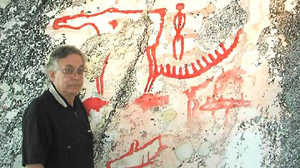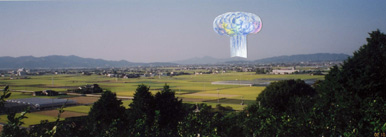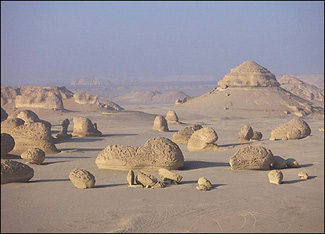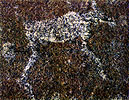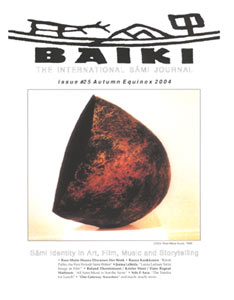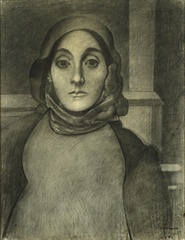Finnish libraries
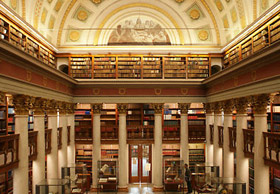
The Dome Hall, National Library of Finland
As I’ve mentioned before, I love reading Virtual Finland* for all kinds of interesting facts about my birth country. I knew that Finns have long led the world in reading and literacy. Here are some great articles to reveal their collective respect for literacy with their wonderful libraries, including an advanced library network called Library 10, a state-of-the-art library in the centre of Helsinki that acts as a living room and cultural and information centre open to all. This groundbreaking library opened in April 2005 and soon it was being lauded as an information centre the likes of which could not have been dreamed of by yesterday’s champions of popular education. Library 10 offers everyone a route to the information superhighway and the world of experiences, and library users can also create their own material.
Then there is the architectural gem The National Library, also in Helsinki, which we must try to visit our next time there. It exists to preserve printed treasures, ancient and modern. Its position, where east and west meet, make it unique. In its corridors and halls, old and new western and Finnish classics meet a comprehensive collection of 19th century Russian printed matter, including an exceptional assortment of works written in the eight minority languages of the empire. Read* about the many interesting historical collections preserved and displayed at this library.
Living out here on the very young west coast of Canada, I’m fascinated by the ancient history in Europe and other countries. Visitors from there, on the other hand, are enthralled with the young and modern here. I do like both, but here we must try to save more of the old for posterity, hmm? Certainly our libraries are not preserving history, yet.
* sadly Virtual Finland no longer exists, links removed
